In recent years, the blessing of Internet+, Internet of Things, barcode recognition and other technologies has triggered the upgrade of the e-commerce industry chain, and smart warehousing and smart logistics have flourished in my country. JD.com began to build a logistics system in 2007, and then proceeded with the construction of intelligent logistics warehousing, building fully automated warehousing based on "drones, unmanned warehouses, and unmanned vehicles"; in 2017, Cainiao Network announced that it would invest 100 billion in 5 years Yuan cooperates with logistics partners to establish smart warehousing, smart distribution and global logistics hubs to build a global logistics network; Suning Qingdao and Xi’an two new logistics parks focus on the construction and layout of smart warehousing, and promote the all-round implementation of digital parks and smart warehousing .
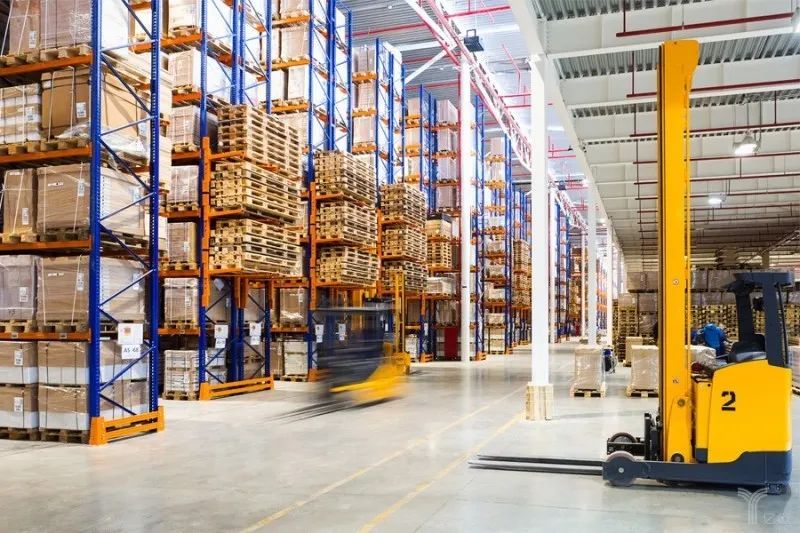
Smart warehousing refers to the use of information technology and advanced management methods such as RFID radio frequency identification, network communication, and information system applications based on the reengineering of warehousing management business processes to realize automatic information management of storage, storage, storage, and storage Grabbing, automatic identification, automatic early warning and intelligent management functions to reduce storage costs, improve storage efficiency, improve storage smart management capabilities, and help companies solve many problems such as space utilization, storage efficiency, labor costs, and user experience.
So how does smart warehousing work? What is the difference between smart storage and ordinary storage?

A complete intelligent warehousing system should consist of forklifts, AGV trolleys, automatic palletizing robots, overhead racks, stackers, pallet conveyors, 3D visual recognition systems, picking robots and other hardware equipment, plus software equipment management information The system is completed by collocation. The hardware equipment also involves RFID electronic tags, readers, RFID electronic label printers, servers, terminals, warehouse infrastructure, etc.
The daily operations of the warehouse can be divided into the steps of receiving, unloading, warehousing, sorting, and leaving the warehouse. Traditional warehousing relies mainly on manual records for all kinds of work; intelligent warehousing uses various intelligent equipment records, information technology and database systems to realize automatic entry and exit of cargo units and automatic information management.
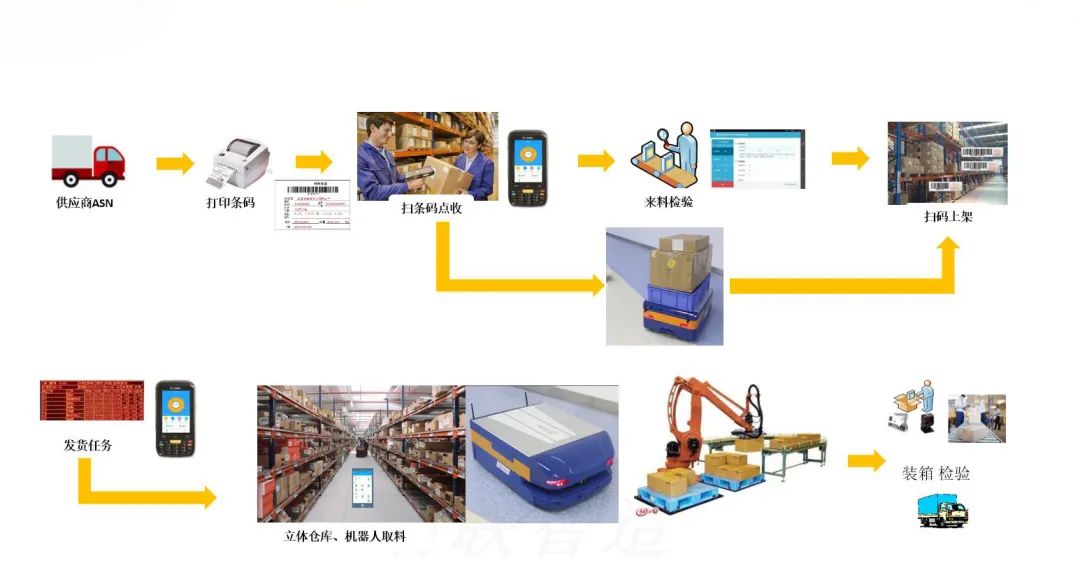
| Process |
Traditional warehouse |
Smart warehousing |
| Receipt |
Manually register vehicle information; manually check goods and purchase records; find free platforms based on records |
The smart camera automatically recognizes the license plate number, and the platform management system plans the route to the nearest idle platform |
| Uninstall |
The staff controls the forklift to move the goods to the designated area one by one |
Multiple forklift AGVs automatically go back and forth between the truck and the warehouse, and place the goods in the designated place or use the conveyor belt and the clamping robot to transport the goods directly from the truck to the designated place |
| Warehousing |
Find empty shelves in the warehouse, place the goods on the shelves, record the product number on the shelf table; due to the influence of personnel and forklifts, the shelves have height restrictions |
The stacker puts the goods neatly into the warehouse, and the three-dimensional warehouse and elevator make the warehouse goods height up to 20m or more |
| Sorting |
Find specific goods in different locations in the warehouse, gravity-type shelves, first deposit first |
The stacker takes out the goods, and the picking robot with artificial intelligence and visual recognition cameras completes the recognition and grasping work according to the system |
| Out of stock |
The staff controls the forklift to transport the goods to the platform, loading and registering out of the warehouse |
The sorting robot transports the selected products to different rails and transfers them to the matching platform for loading out of the warehouse |
Qiyang intelligent embedded hardware can provide diversified hardware product solutions for access control systems, license plate recognition, palletizing robots, AGV unmanned vehicles, sorting robots and other equipment. According to smart cores such as NXP, Rockchip, MediaTek, etc., new technologies such as big data and artificial intelligence are used to create a variety of high-performance, low-power embedded hardware products that can be used in various automated machinery and equipment. The interface is rich in connecting various peripherals, and the high-speed storage meets the requirements of data collection, visual recognition, etc., and is suitable for related applications such as information collection and processing, remote monitoring and management, and intelligent identification required by warehousing.
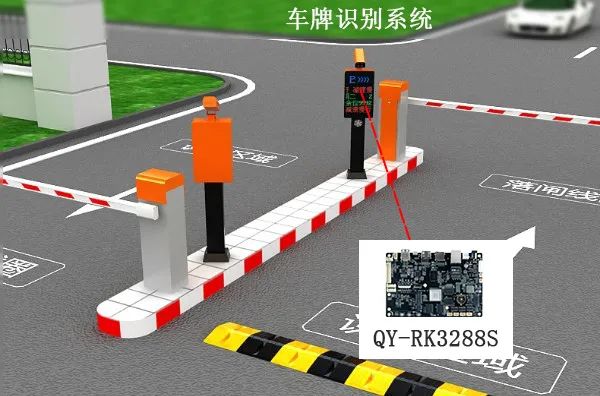
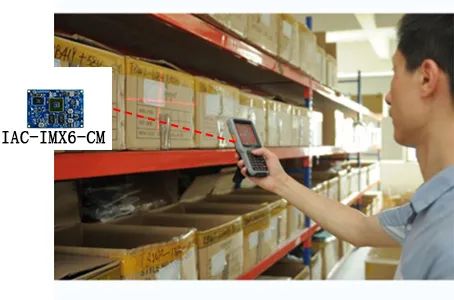
Kai Yang IAC-IMX6-CM core board, ARM Cortex-A9-based architecture, can meet the technical requirements of hardware plurality of storage process handheld terminals, the AGV unmanned vehicles or the like. Adopt NXP Cortex-A9 i.MX6 processor, high performance, low power consumption, less power consumption, more energy saving, more environmentally friendly; support Gigabit Ethernet/3G/4G flexible network application environment, can meet the equipment wireless communication data efficiency Transmission requirements; multiple display interfaces such as LVDS, LCD, HDMI, etc., bringing a good human-computer interaction experience; multiple interfaces, serial ports, which can be connected to navigation modules, wireless communication modules, alarm modules, etc., industrial design (optional ) Adapt to harsh industrial environment;
Based i.MX6UL Cortex-A7 of industrial gateway edge computing, high-performance low-power core, Gigabit Ethernet / Wi-Fi / 3G / 4G flexible network application environment to meet various data acquisition devices in warehouses, transport , Collect warehouse information in time and transmit it to the back-end management system to facilitate management personnel to dispatch supply and manage equipment at any time.
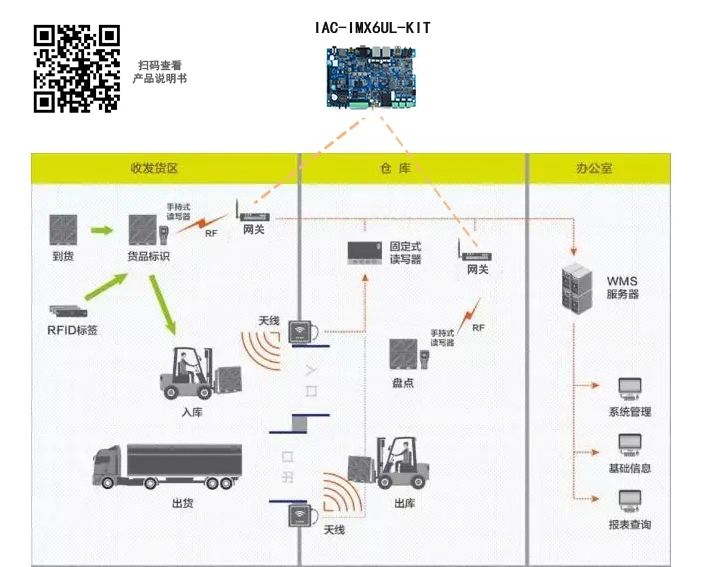
Automation technology and artificial intelligence technology have played an extremely important role in promoting the development of warehouse management. Qiyang Intelligent's various embedded hardware and complete machine equipment support automatic access control and management of mechanical equipment, which meets the intelligent requirements of modern commodity circulation, with strong product reliability and high stability, and meets the requirements of automated warehouses. Qiyang Intelligence will also actively develop more embedded hardware and solutions for industrial IoT and industrial control, so as to enable digital empowerment and make people, cars and goods run faster and more accurately.